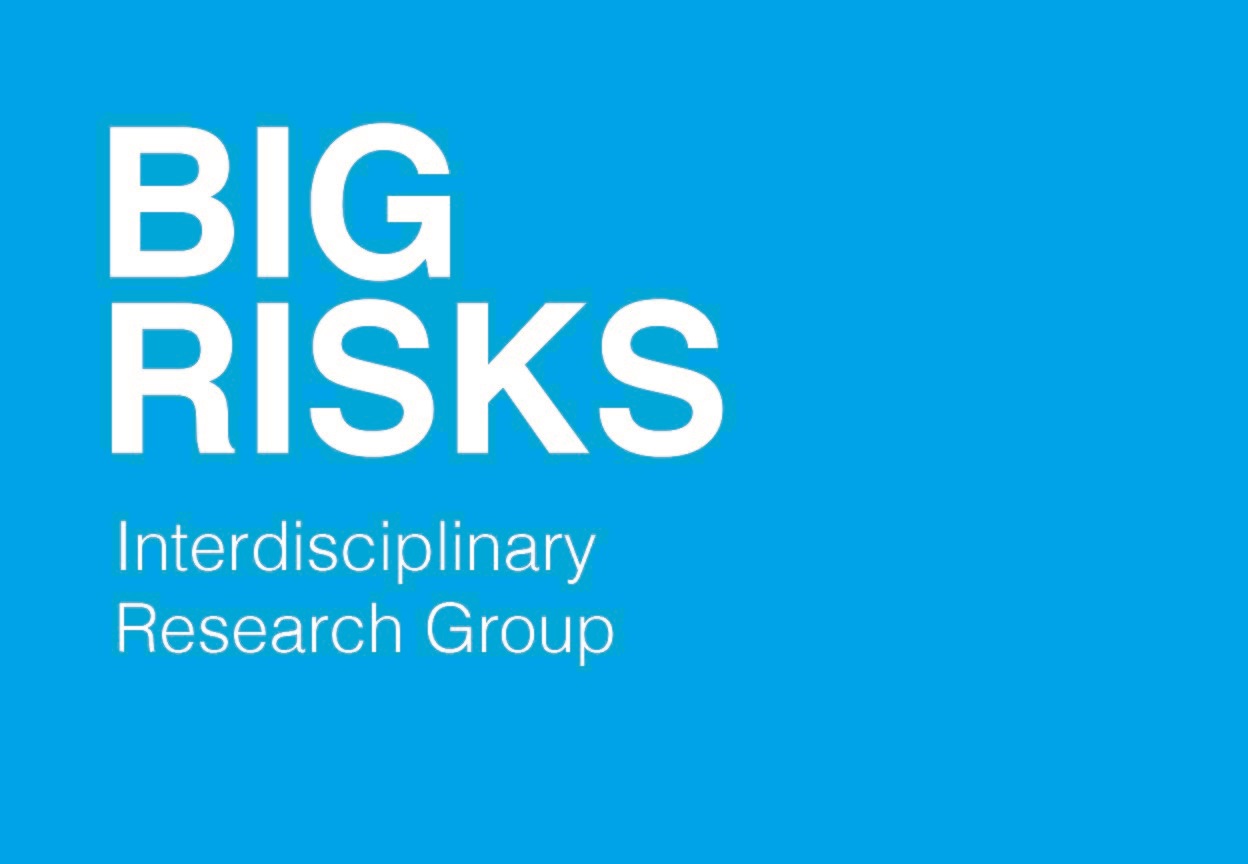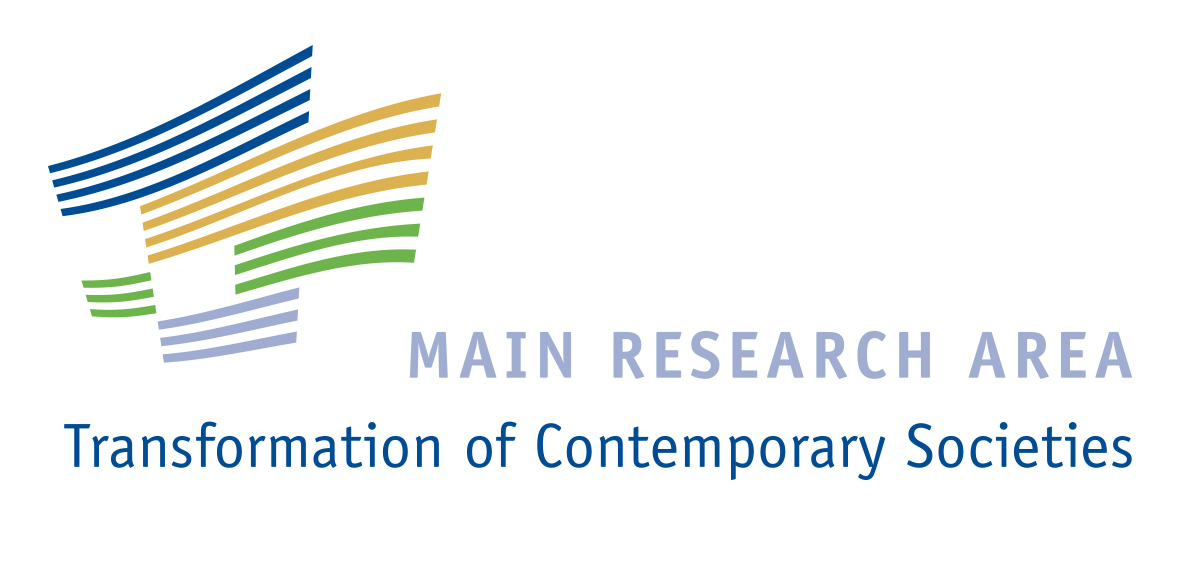Individual Projects
Financial Mathematics Risk Perception and Model Risk
Modelling risks has to take into account that there are differences between a setting with known probabilities, unknown (but existing) probabilities (ambiguity) and no probability assessment at all (uncertainty). The category in which we classify a risk may develop dynamically according to scientific progress. In cases of risks with known probabilities or under ambiguity we are able to develop strategies for risk prevention and risk management. In case we can establish strategies for risk management there will be a need for the design of appropriate instruments. This goes along with the question who will take care of the risk management individuals, organisations or the whole society. We will analyse and classify specific examples of risks and establish generic methods to manage this risk and quantify a possible model risk in setting up risk management procedures.
Practical Philosophy Big Risks and the Paradoxes of Collective Responsibility
The climate change we are currently observing is the result of un-coordinated human actions. It is, thus, not necessary and the risks going along with anthropogenic climate change are also not necessary. They are tied to human behaviour and its accumulated effects. To overcome these risks and their actualization (mitigation) or to create structures, which would allow for the adaptation to changing conditions, many call for states or even the entire humanity to assume collective responsibility. But even though it might be clear, what needs to be done to avoid the dangers of anthropogenic climate change, it is difficult to see how and when the required collective agent could come into existence. This leads to complicated normative questions: Which are the obligations of individuals, single states, businesses etc., who cannot overcome the climate risk alone: Should they fulfil the obligations they would have as part of the collective agent, even though this might be futile and weaken their position in the adaptation process, if it becomes necessary? Or should they pursue more self-regarding obligations until the collective agent comes into being which, paradoxically, might render the emergence of the collective agent even less likely and increase the risks going along with climate change? This project aims (a) at developing a better understanding of the conditions for the development of desired collective agents and (b) at designing strategies of coping with risks like climate change for single agents pointing beyond the paradoxes of collective responsibility.
Political Science The Individual Salience of Risks and the Individual Connection of Risks with Political Solutions
There is an increasing wealth of international surveys available that deal with the ways in which individuals perceive big risks. These surveys tend to be under-used and hold a rich variety of information that needs to be unearthed: for example, the World Values Survey, the International Social Survey Programme, the Pew Global Attitudes Series. This project will aim for “contextualised cognitive maps", i.e. uncovering which risks are salient in people's head across the world, which contextual factors like national politics, culture and economic situation determine salience and how individuals relate these risks to potential political solutions. The guiding proposition would be that the perception of risks and the linkage to political solution does not only depend on the objective risk situation but the ways in which national systems of politics and the media construct these risks.



